IMPACT
Measurable outcomes from systematic AI safety education and research contributions.
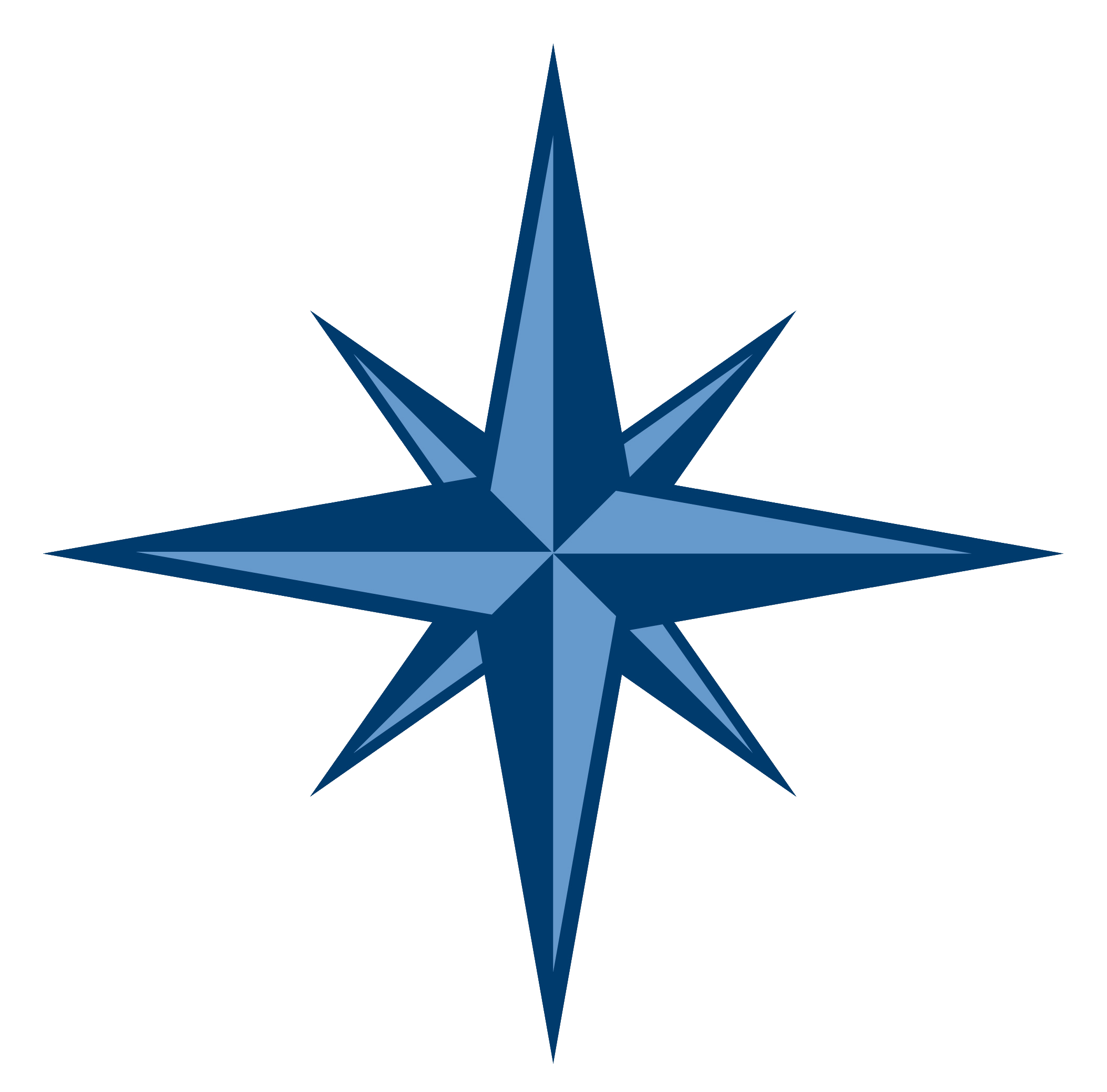
Our Impact at a Glance
What Students, Facilitators, and Researchers Are Saying
This was my first time reading the AI Safety Atlas and wow!!! It has so many insightful information and citations that I am looking forward to diving deeper into.
For a systematic, centralized, and concise introduction to the core topics in AI safety, this is the best and most up-to-date resource I know.
As an AI safety research engineer, I find it a pretty good in-depth introduction. It covers a lot in a very clear way.
Our Publications
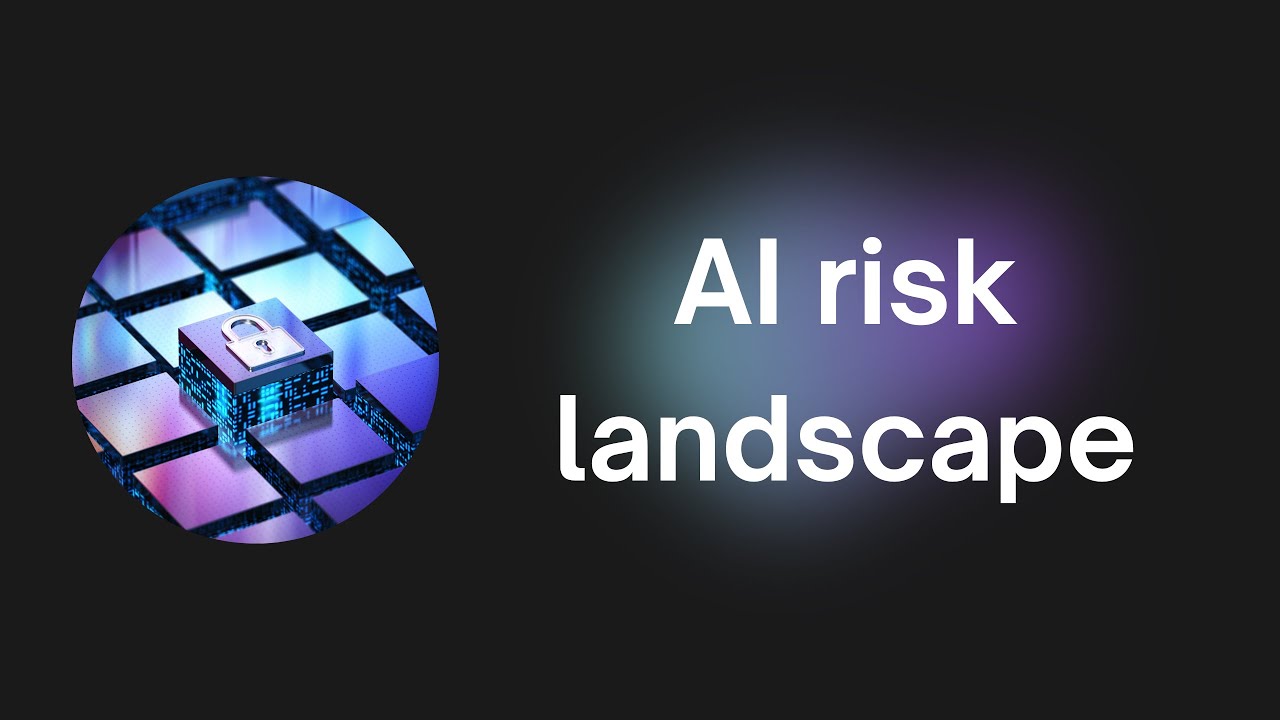
Published Video Lectures
YouTube video series explaining key AI safety concepts with visual aids and examples
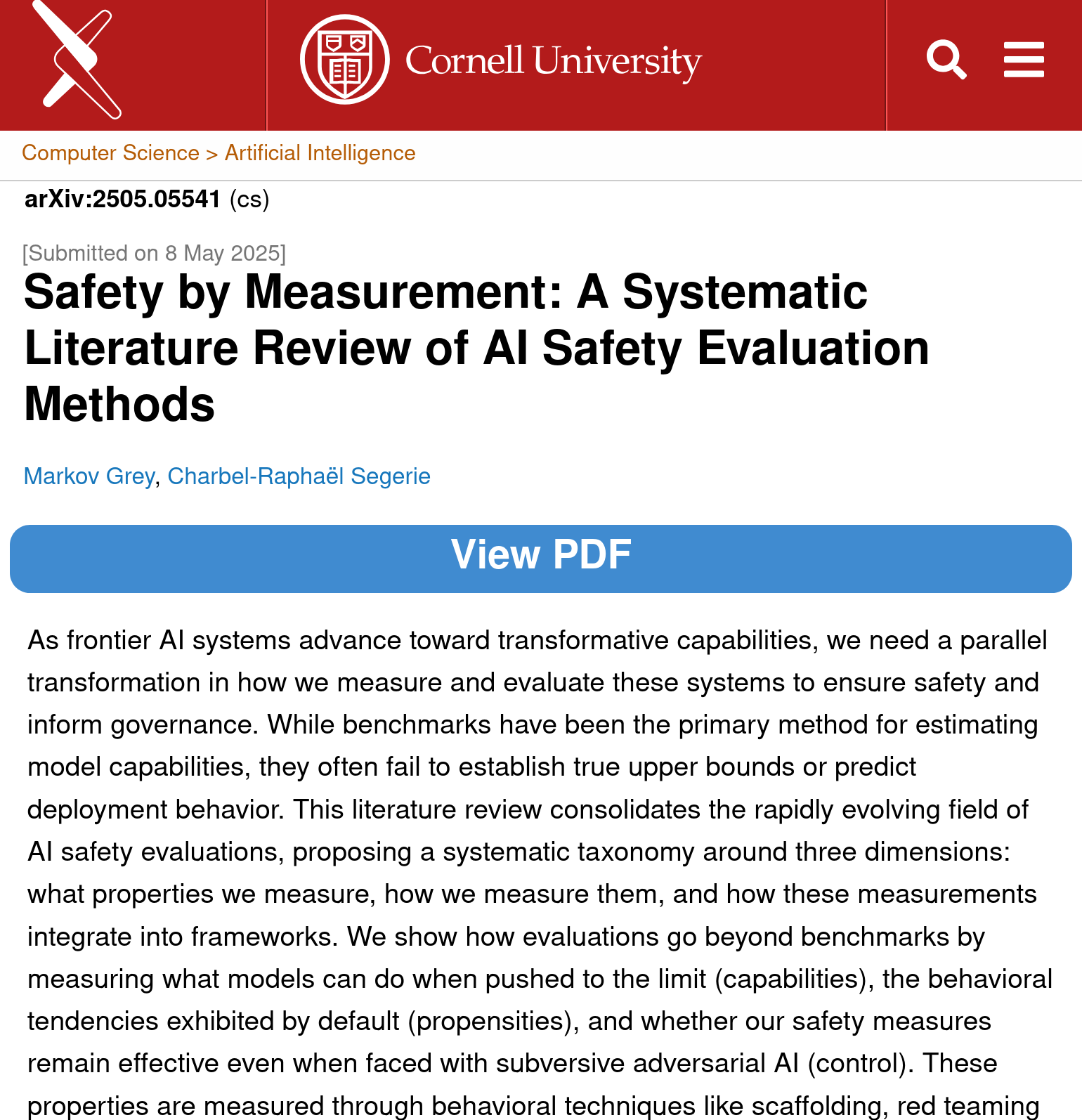
Published Research Publication
Academic publication documenting our systematic approach to AI safety education and literature review methodology
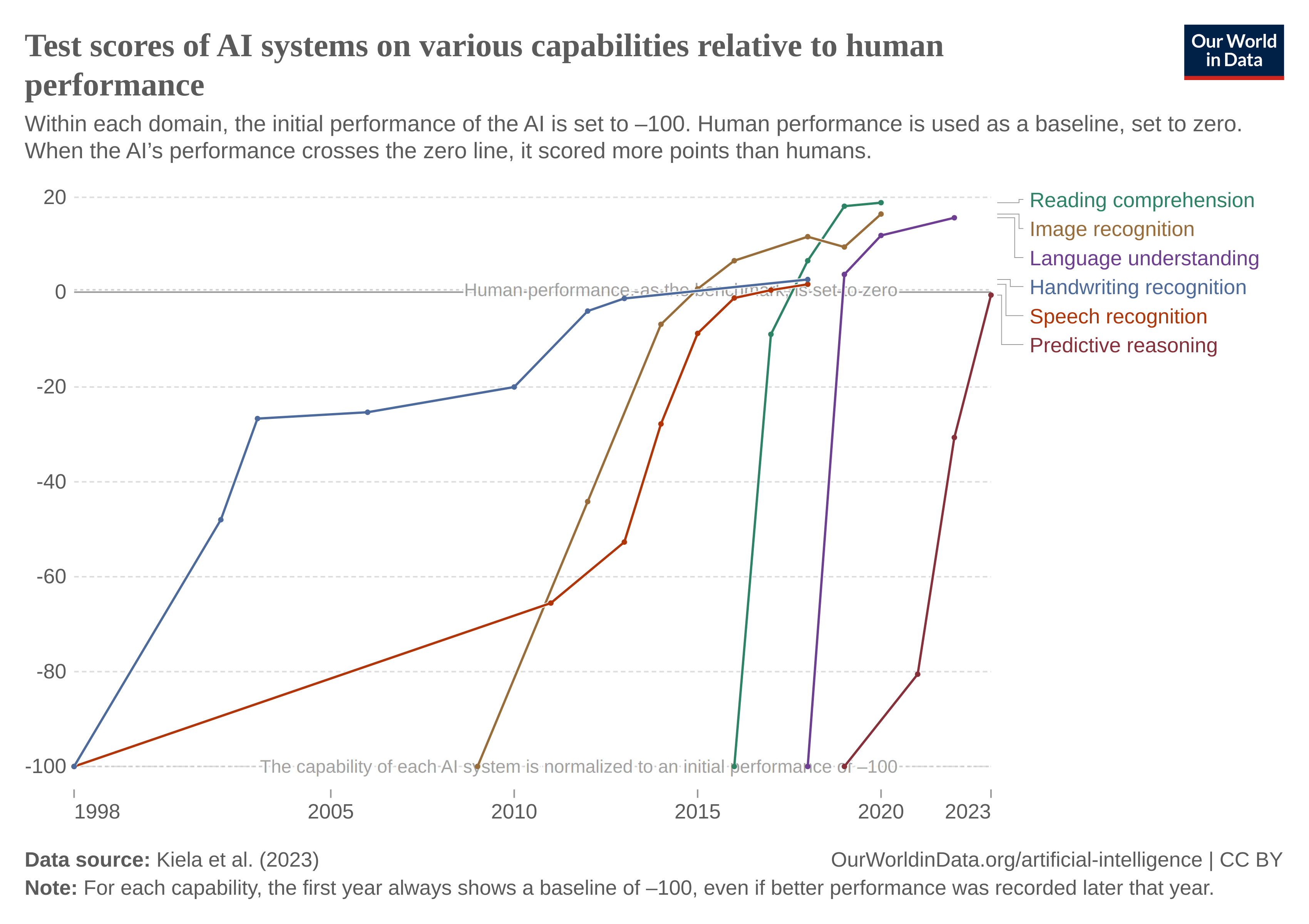
Published Interactive Online Chapters
9 comprehensive chapters featuring custom-designed figures, embedded prediction markets, interactive charts from leading sources, and curated visualizations
Educational Adoption
Universities

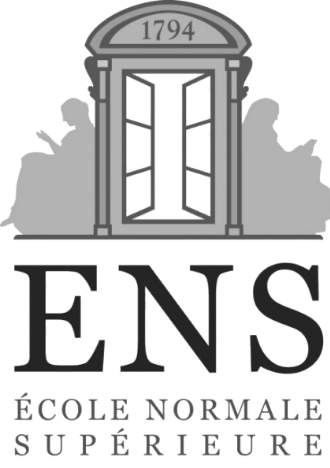
~150 students per year across major institutions including ENS Paris & Saclay (~100 students annually) and UBC Vancouver (30-50 students per cohort). Achieved through organic adoption with minimal marketing. Strong repeat usage across multiple semesters - institutions return semester after semester with course organizers choosing our materials based on merit.
AI Safety Groups
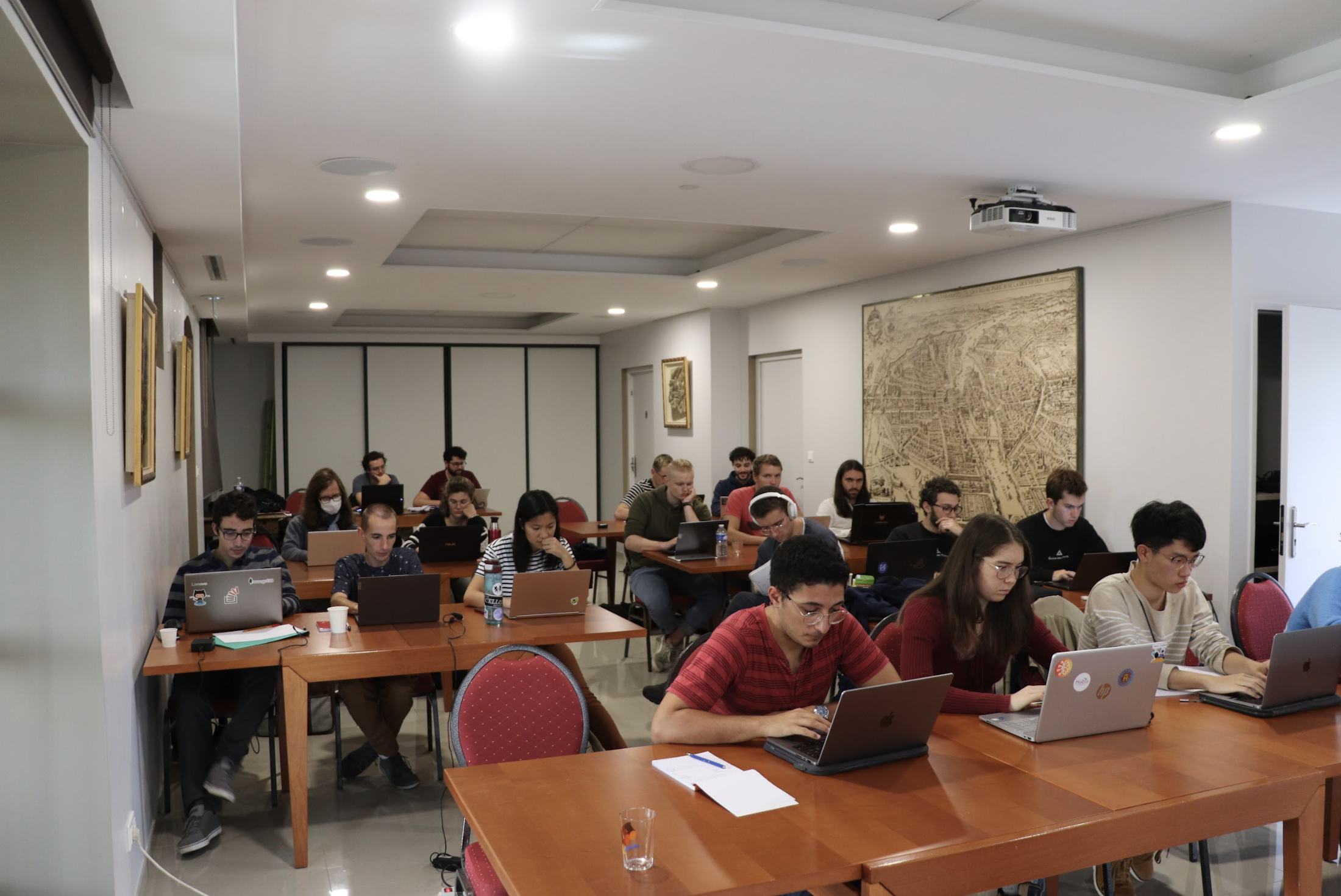

550+ students annually across specialized AI safety training programs. ML4Good reaches 250 students annually across regions, AI Safety Collab serves 300+ students in Q2 2025 (scaling to 1000+), and AI Safety India is starting mid-2025 with Fundamentals of Safe AI program. Organic adoption based on merit.
Independent Readers
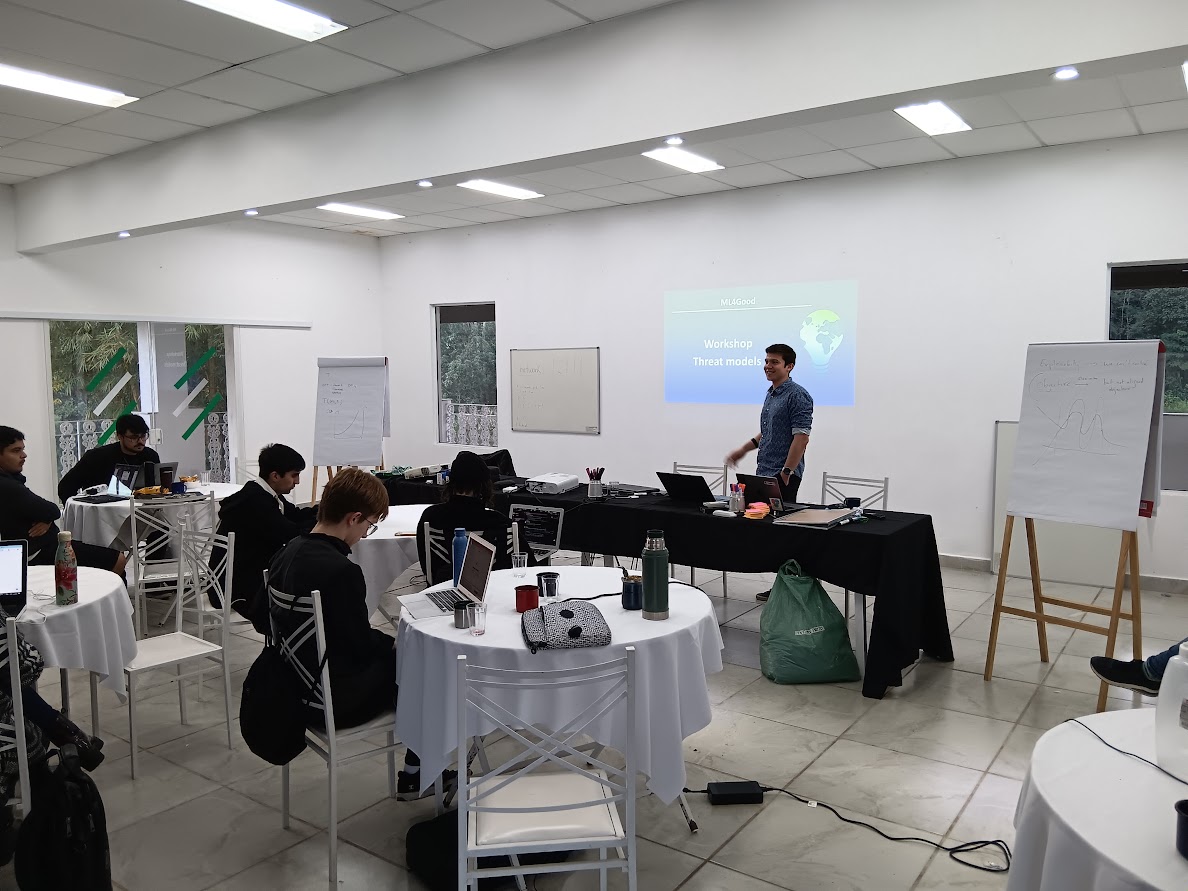
Global reach with individual readers from Moscow, Brazil, Canada, and worldwide discovering materials organically. Cold outreach from readers globally thanking us for our work demonstrates the international impact of accessible AI safety education.